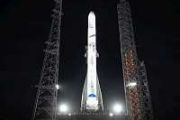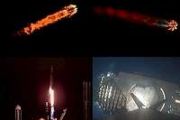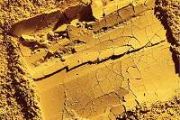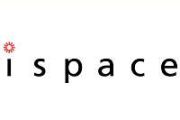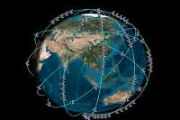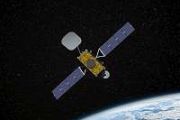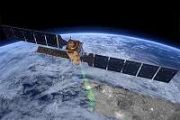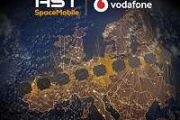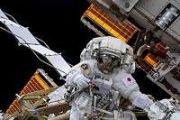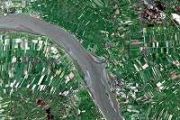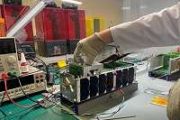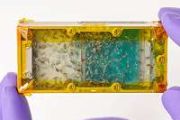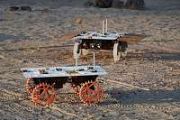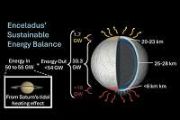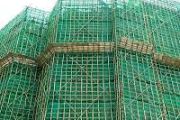
Copernical Team
ESA and the European Commission uniting on Earth observation for the Philippines
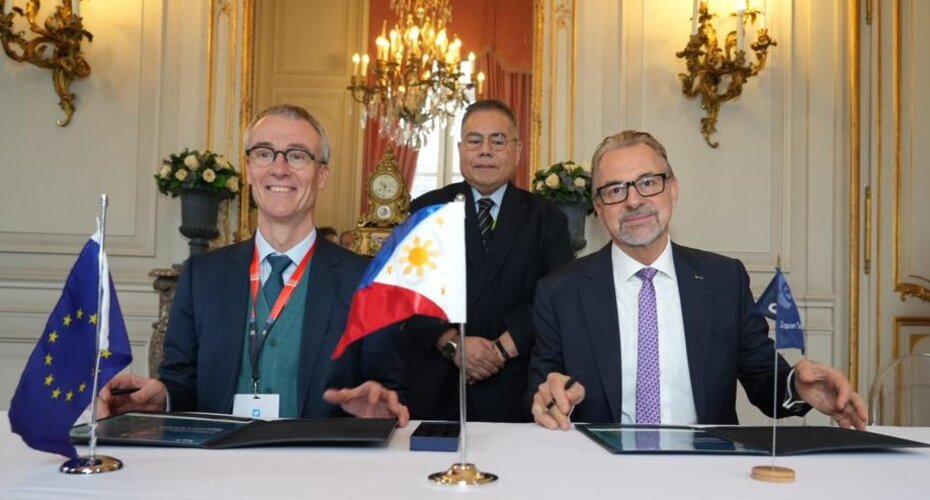
ESA and the European Commission have signed a contribution agreement to build a Copernicus mirror site in the Philippines – the first of its kind in southeast Asia. The new CopPhil initiative will enhance the response capability and resilience of the Philippines to natural and human made disasters through the strategic use of space data. This will help reduce vulnerability of the nation to climate hazards, support climate adaption, food security and environmental protection.
How ESA works with the EU to advance European space
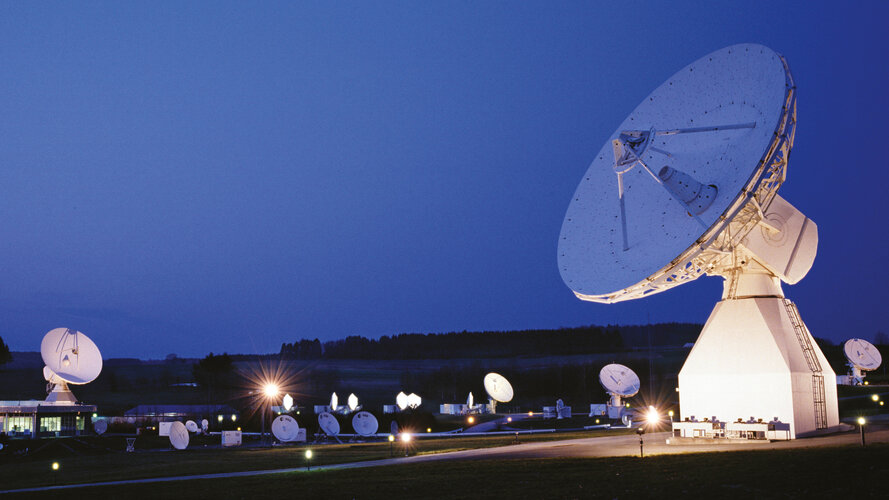
ESA has formed a formidable partnership with the EU to secure the future of Europe in space, developing Earth observation, navigation, secure connectivity and space entrepreneurship, people attending the 15th European space conference held on 24 and 25 January in Brussels will hear.
New Galileo service set to deliver 20 cm accuracy
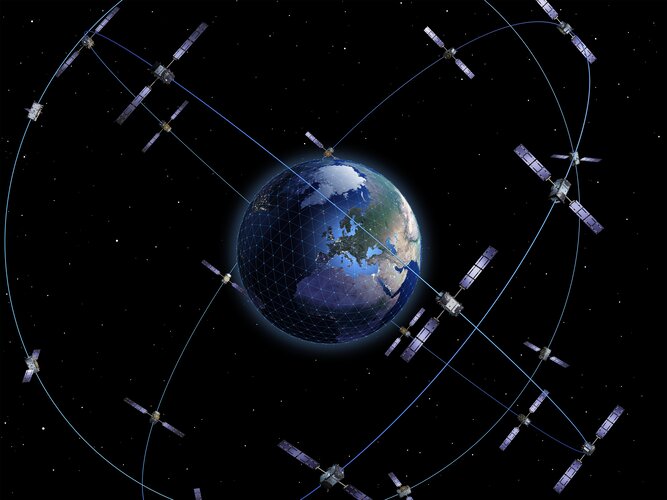
Galileo’s capabilities have grown with the addition of a new High Accuracy Service, freely available worldwide to anyone with a suitably equipped receiver. Delivering horizontal accuracy down to 20 cm and vertical accuracy of 40 cm, the High Accuracy Service is enabled through an additional level of real-time positioning corrections, delivered through a new data stream within the existing Galileo signal.
Orion's European Service Module for Artemis: propulsion overview
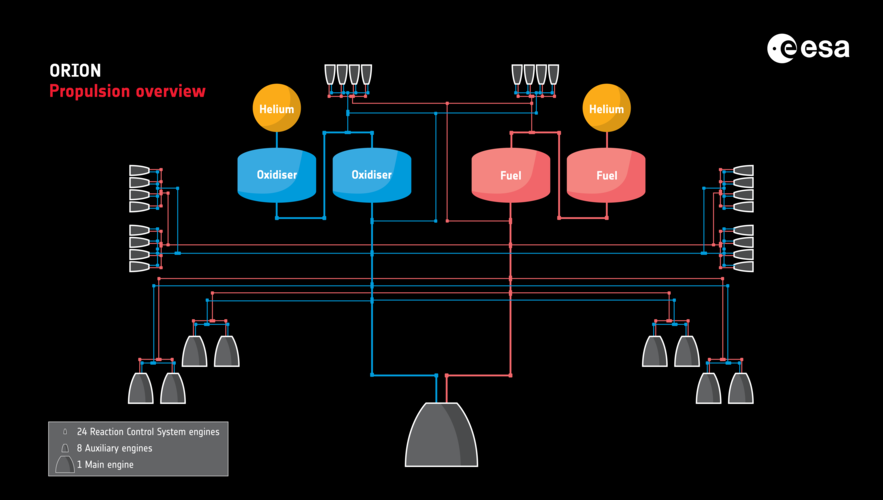 Image:
Orion's European Service Module for Artemis: propulsion overview
Image:
Orion's European Service Module for Artemis: propulsion overview SwRI-contributed study provides darkest view ever of interstellar ices
 An international team including Southwest Research Institute, Leiden University and NASA used observations from the James Webb Space Telescope (JWST) to achieve the darkest ever view of a dense interstellar cloud.
These observations have revealed the composition of a virtual treasure chest of ices from the early universe, providing new insights into the chemical processes of one of the col
An international team including Southwest Research Institute, Leiden University and NASA used observations from the James Webb Space Telescope (JWST) to achieve the darkest ever view of a dense interstellar cloud.
These observations have revealed the composition of a virtual treasure chest of ices from the early universe, providing new insights into the chemical processes of one of the col Researchers gain deeper understanding of mechanism behind superconductors
 This confirmed their own findings from 2016, when Haase and his team developed an experimental method based on magnetic resonance that can measure changes that are relevant to superconductivity in the structure of materials. They were the first team in the world to identify a measurable material parameter that predicts the maximum possible transition temperature - a condition required to achieve
This confirmed their own findings from 2016, when Haase and his team developed an experimental method based on magnetic resonance that can measure changes that are relevant to superconductivity in the structure of materials. They were the first team in the world to identify a measurable material parameter that predicts the maximum possible transition temperature - a condition required to achieve Yokota AB aids Space Systems Command in historic US-Japan space partnership
 Yokota Air Base's very own 374th Mission Support Group and hosted Air Mobility Command unit, the 730th Air Mobility Squadron, assisted the U.S. Space Force Space Systems Command to deliver the first of two payloads to be hosted on Japan's Geo-based Quasi-Zenith Satellite System, Jan. 17.
The delivery marks a historic step in solidifying the U.S. government and government of Japan commitmen
Yokota Air Base's very own 374th Mission Support Group and hosted Air Mobility Command unit, the 730th Air Mobility Squadron, assisted the U.S. Space Force Space Systems Command to deliver the first of two payloads to be hosted on Japan's Geo-based Quasi-Zenith Satellite System, Jan. 17.
The delivery marks a historic step in solidifying the U.S. government and government of Japan commitmen Ivanhoe Mines and SES deploying low-latency satellite connectivity in Africa
 The Kamoa-Kakula Copper Project in The Democratic Republic of Congo will continue to enjoy high-speed satellite-based connectivity services as part of a new agreement between Ivanhoe Mines and SES, the two companies announced reported Monday.
The enhanced partnership builds on a successful five-year relationship between SES and Ivanhoe Mines and comes at a time of significant investment in
The Kamoa-Kakula Copper Project in The Democratic Republic of Congo will continue to enjoy high-speed satellite-based connectivity services as part of a new agreement between Ivanhoe Mines and SES, the two companies announced reported Monday.
The enhanced partnership builds on a successful five-year relationship between SES and Ivanhoe Mines and comes at a time of significant investment in Asteroid findings from specks of space dust could save the planet
 Curtin University-led research into the durability and age of an ancient asteroid made of rocky rubble and dust, revealed significant findings that could contribute to potentially saving the planet if one ever hurtled toward Earth.
The international team studied three tiny dust particles collected from the surface of ancient 500-metre-long rubble pile asteroid, Itokawa, returned to Earth b
Curtin University-led research into the durability and age of an ancient asteroid made of rocky rubble and dust, revealed significant findings that could contribute to potentially saving the planet if one ever hurtled toward Earth.
The international team studied three tiny dust particles collected from the surface of ancient 500-metre-long rubble pile asteroid, Itokawa, returned to Earth b A new model for dark matter
 Dark matter remains one of the greatest mysteries of modern physics. It is clear that it must exist, because without dark matter, for example, the motion of galaxies cannot be explained. But it has never been possible to detect dark matter in an experiment.
Currently, there are many proposals for new experiments: They aim to detect dark matter directly via its scattering from the constitue
Dark matter remains one of the greatest mysteries of modern physics. It is clear that it must exist, because without dark matter, for example, the motion of galaxies cannot be explained. But it has never been possible to detect dark matter in an experiment.
Currently, there are many proposals for new experiments: They aim to detect dark matter directly via its scattering from the constitue 



